On the afternoon of November 23, at the National Assembly House, continuing the 8th Session Program, under the chairmanship of National Assembly Chairman Tran Thanh Man , the National Assembly discussed in the hall the draft Law on Chemicals (amended).
Participating in giving comments, National Assembly Deputy Vo Manh Son (National Assembly Delegation of Thanh Hoa province), Provincial Party Committee member, Chairman of the Provincial Labor Federation basically agreed with the inspection report of the Committee on Science , Technology and Environment.
Commenting on the obligations of chemical project investors, National Assembly member Vo Manh Son suggested considering point d, clause 2, Article 11 of the draft law stipulating the obligations of investors in having to fulfill the obligation: "Applying green chemistry principles in design and selection of technology and equipment according to the provisions of law", because:
According to the provisions of Clause 12, Article 4, the green chemistry principles are issued by the Ministry of Industry and Trade to be applied in the design, production process, use and disposal of chemicals to minimize or eliminate the use and creation of hazardous chemicals. Thus, it means that the Ministry of Industry and Trade will have the authority to issue regulations on investment and business conditions for chemical projects. This provision needs further consideration to be consistent with the principle that ministries are not allowed to issue regulations on investment and business conditions in Clause 3, Article 7 of the Investment Law No. 61/2020/QH14. In addition, this regulation on investment and business conditions applies to all chemical projects, not just to conditional chemical production and business projects. Therefore, it is recommended to consider the application of this principle to ensure consistency with other legal provisions.
Chemical incident prevention and response plan (point c, clause 2, Article 11 of the draft). Accordingly, to reduce administrative procedures and difficulties for businesses, National Assembly member Vo Manh Son suggested that a provision should be considered in the Chemical Law allowing businesses to integrate chemical incident prevention and response plans into other documents such as fire prevention and response designs, fire fighting plans or in the section on environmental incident prevention and response in the environmental impact assessment report. Along with that, it is allowed to integrate chemical safety training activities into other safety training activities.
Because currently there are many legal regulations related to the obligation to make plans for prevention, response to incidents and training of workers in each field that enterprises invest in and do business, such as: The Law on Labor Safety and Hygiene requires enterprises to have plans for labor safety and hygiene (Article 75), emergency response plans (Article 77), and must train in labor safety and hygiene (Article 14); The Law on Fire Prevention and Fighting stipulates that enterprises must have designs and approved designs on fire prevention and fighting (Article 15), have fire fighting plans approved by state agencies (Article 31), and workers must be trained in fire prevention and fighting (Article 22, Article 46)...
Meanwhile, in the Draft Law on Chemicals, Point c, Clause 2, Article 11 of the draft requires chemical project investors to develop a Chemical Incident Prevention and Response Plan (according to Article 64) or measures to prevent and respond to chemical incidents (according to Article 66). Article 60 stipulates that workers must be trained in chemical safety. In addition, the preparation of plans and measures to prevent and respond to chemical incidents will be carried out by licensed consulting units (Articles 13 and 14). Thus, the provisions of the draft will make it difficult for businesses to integrate overlapping contents on chemicals with contents in the fields of environment, labor, and fire prevention and fighting compared to current regulations.
Regarding the validity period of certificates and licenses (Clause 4, Article 24; Clause 4, Article 25). Accordingly, practice shows that conditional chemicals are always strictly inspected and controlled to be granted production licenses and are regularly inspected, checked and supervised. Therefore, the 5-year term for certificates of eligibility for conditional chemical production and certificates of eligibility for conditional chemical trading is too short, which can create a burden on administrative procedures, affecting the production and business plans of enterprises.
Therefore, it is recommended to study the application of a 10-year term for two types of licenses: Certificate of eligibility for conditional chemical production and Certificate of eligibility for conditional chemical trading to suit practical operations and create convenience for businesses.
Regarding safety distance (Article 62), National Assembly Deputy Vo Manh Son highly agreed with the regulation on safety distance for chemical works. This regulation will contribute to ensuring the safety of chemical works, safety for residential areas and other works according to regulations, avoiding violations of safety distance. However, to ensure the feasibility of the law after promulgation, in accordance with reality, it is necessary to consider existing chemical works near residential areas, which do not ensure safety distance as prescribed by the new regulation.
Regarding hazardous chemicals in products and goods, National Assembly Deputy Vo Manh Son said that the regulation that "Ministries and ministerial-level agencies shall announce the list of hazardous chemicals in products and goods that do not have technical regulations under their state management" (Clause 2, Article 56) may lead to a waste of resources and is not feasible because it is difficult to implement in practice due to the characteristics of different sectors. It is recommended that research should have regulations on the coordination mechanism and information sharing of the Ministry of Industry and Trade with ministries and ministerial-level agencies in announcing the list of hazardous chemicals in products and goods that do not have technical regulations. At the same time, clearly define the content of chemical management in products containing chemicals under the functions of the ministries: Industry and Trade, Health, Agriculture and Rural Development.
Quoc Huong
Source: https://baothanhhoa.vn/dbqh-vo-manh-son-tham-gia-gop-y-ve-du-an-luat-hoa-chat-sua-doi-231211.htm



![[Photo] Special class in Tra Linh](https://vphoto.vietnam.vn/thumb/1200x675/vietnam/resource/IMAGE/2025/11/14/1763078485441_ndo_br_lop-hoc-7-jpg.webp)
![[Photo] Deep sea sand deposits, ancient wooden ship An Bang faces the risk of being buried again](https://vphoto.vietnam.vn/thumb/1200x675/vietnam/resource/IMAGE/2025/11/13/1763033175715_ndo_br_thuyen-1-jpg.webp)



![[Photo] Unique art of painting Tuong masks](https://vphoto.vietnam.vn/thumb/1200x675/vietnam/resource/IMAGE/2025/11/14/1763094089301_ndo_br_1-jpg.webp)
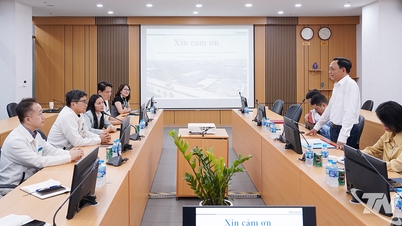







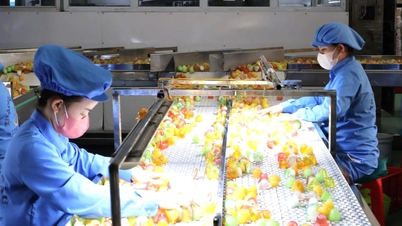

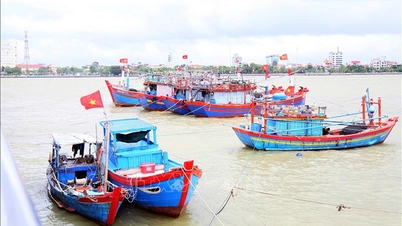

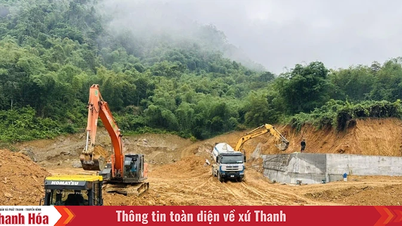

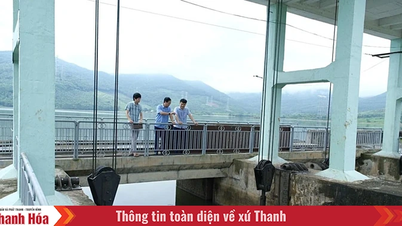
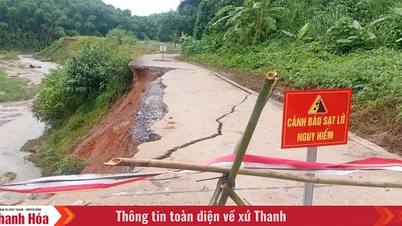


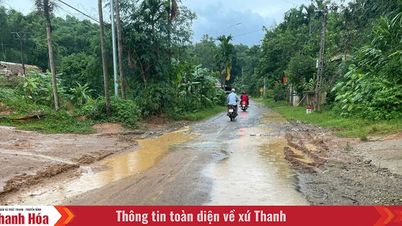




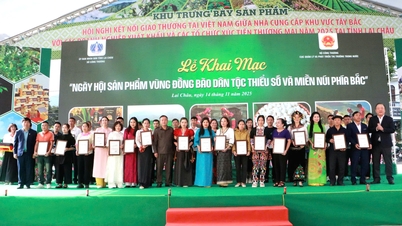
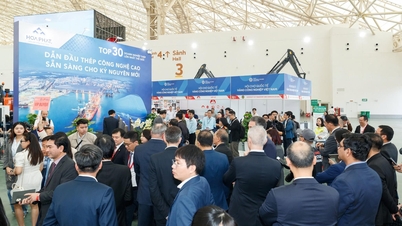

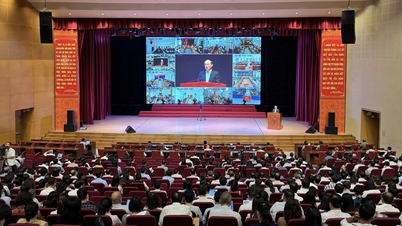








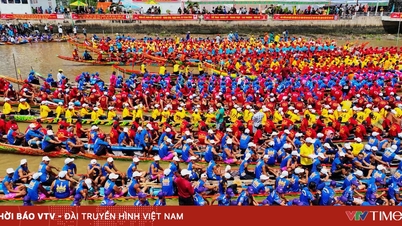
















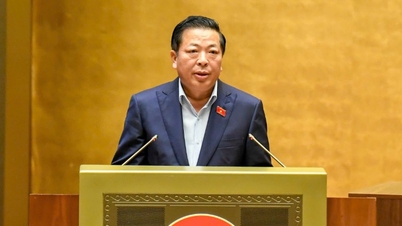



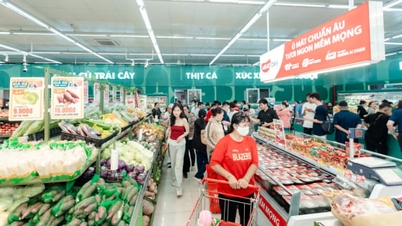




















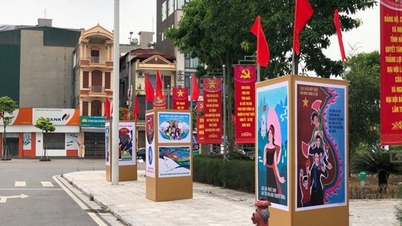

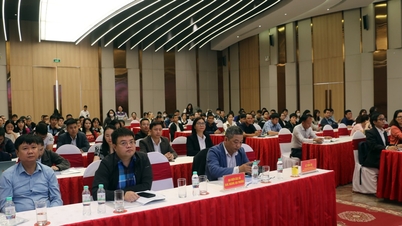



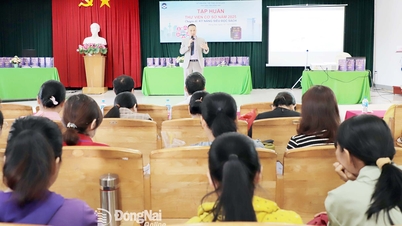
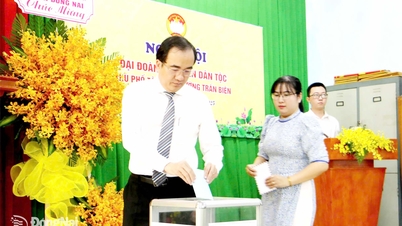
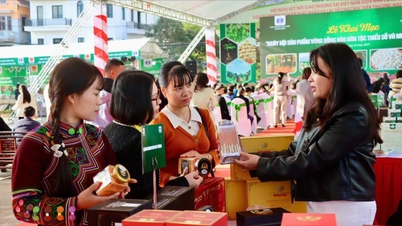






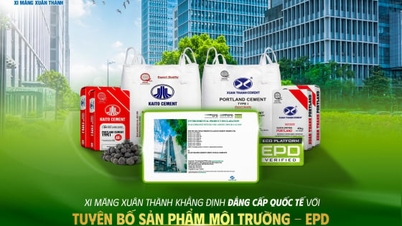
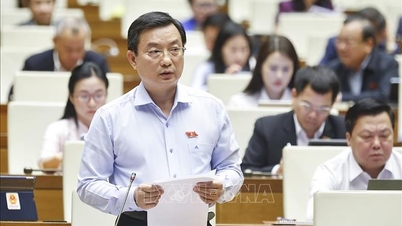
![Dong Nai OCOP transition: [Article 3] Linking tourism with OCOP product consumption](https://vphoto.vietnam.vn/thumb/402x226/vietnam/resource/IMAGE/2025/11/10/1762739199309_1324-2740-7_n-162543_981.jpeg)






Comment (0)